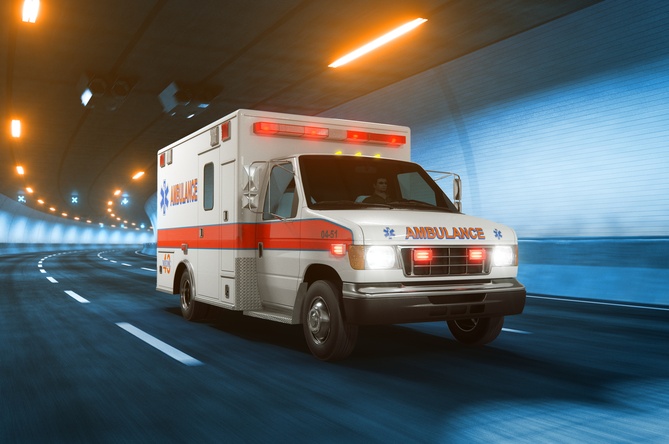Emergency vehicles play a vital role in rapidly responding to critical situations. Their visibility on the road is essential for public safety. Proper lighting enhances their ability to move swiftly through traffic while alerting others to make way. However, light placement impacts its effectiveness when it comes to emergency vehicle lighting.
Types of Emergency Vehicle Lights
Emergency vehicles use several types of lights, each serving a unique purpose. Flashing lights and rotating beacons are common and work to draw the attention of other drivers. LED light bars are highly popular for their brightness and energy efficiency. Strobe lights operate at high intensities, and professionals often use them with different lighting systems.
Each lighting type provides critical benefits depending on the situation. For instance, LED options are known for their brightness and durability, allowing operators to choose a specific wattage. Operators need to find the best wattage for emergency vehicle LED lights to balance visibility and energy consumption.
The Impact of Light Placement on Visibility
The placement of lights significantly influences the visibility of emergency vehicles in different environments and conditions. Height plays a critical role in maximizing visibility. Mounting lights at an elevated position allows them to stand out when there’s heavy traffic or obstructions on the road. At the same time, an incorrect height can reduce effectiveness, as lights must align with the sightlines of other drivers.
Angle also matters when mounting lights. Placing lights at an incorrect angle can lead to misguided illumination, which reduces visibility. A well-angled setup ensures the beam projects directly into the driver’s field of vision without unnecessary glare.
The light’s location on the vehicle is equally important. Lights on the vehicle’s front, rear, and sides create an all-around warning system. Front-mounted lights provide forward visibility; rear lights warn following traffic, and side-mounted lights improve visibility during turns and multi-directional maneuvers. Thoughtful placement leads to cohesive visibility that can make a difference during critical moments, such as the event of a road accident.
Regulations and Standards for Emergency Vehicle Lighting
Emergency vehicle lighting operates under specific regulations to maintain safety and standardize regional visibility. These laws dictate the colors, the intensity, and where to mount the light on the vehicle. For example, red and blue lights are common for police and emergency services, while amber is for towing or maintenance vehicles.
Compliance with regulations ensures that emergency vehicles remain distinguishable and do not create confusion on the road. Understanding these standards helps operators optimize their lighting systems’ effectiveness and legal compliance.
Best Practices for Light Placement
Strategically positioning emergency lights allows for maximum visibility and efficiency. Lights installed at a balanced height will be seen over traffic and align with the driver’s line of sight. Finding the right angle to direct the light beam ensures it attracts attention without causing unnecessary glare or distraction.
Covering all sides of the vehicle creates a 360-degree visibility pattern, which can be crucial in fast-moving or crowded scenarios. Regular inspections and maintenance will keep lighting systems performing at their best, reducing the chances of any malfunction during critical moments. Ensuring operators properly select the right wattage for LED lights on emergency vehicles is another essential consideration for maintaining bright and effective lighting.
Emergency vehicle visibility saves lives, protects first responders, and reduces accidents on the road. Understanding the different types of lights, their placement’s importance, and following regulatory standards significantly affects how these vehicles perform their duties. Thoughtful light placement enhances emergency vehicle safety in both high-speed and crowded environments.




